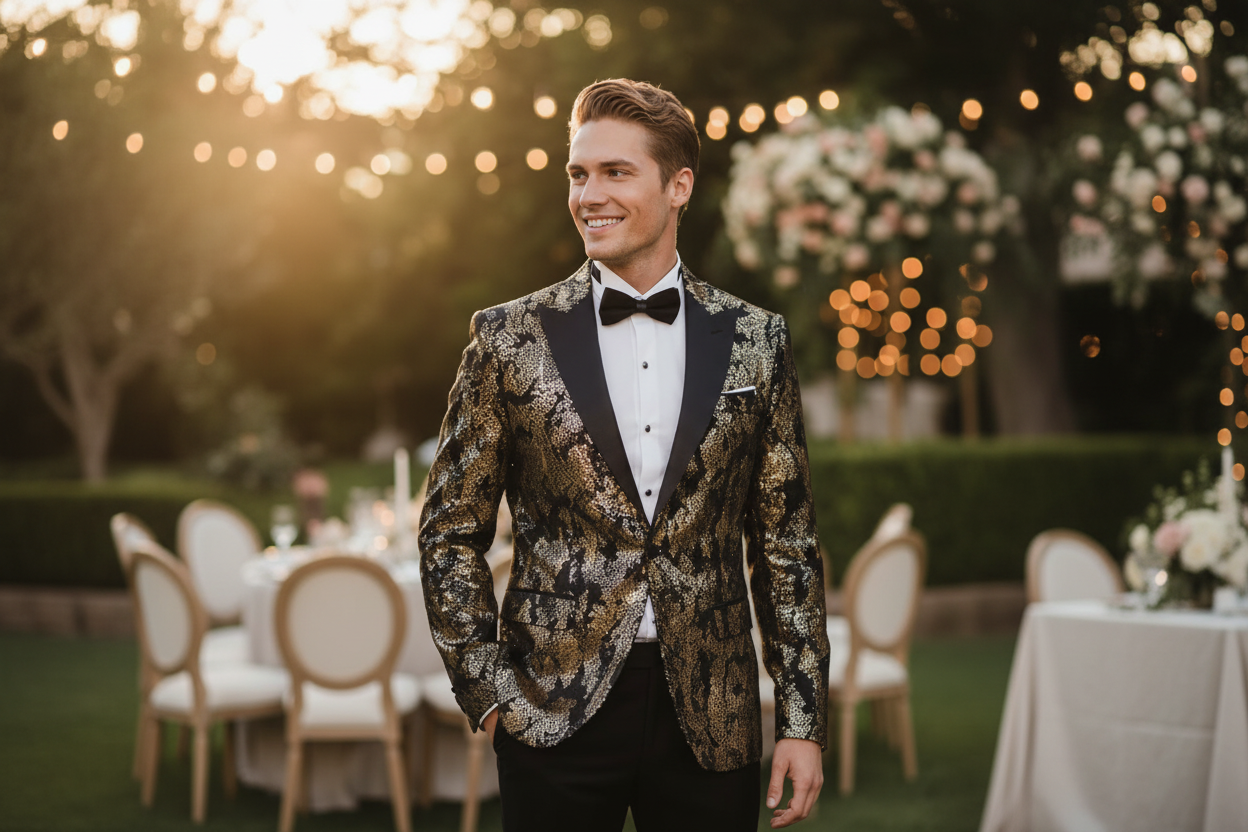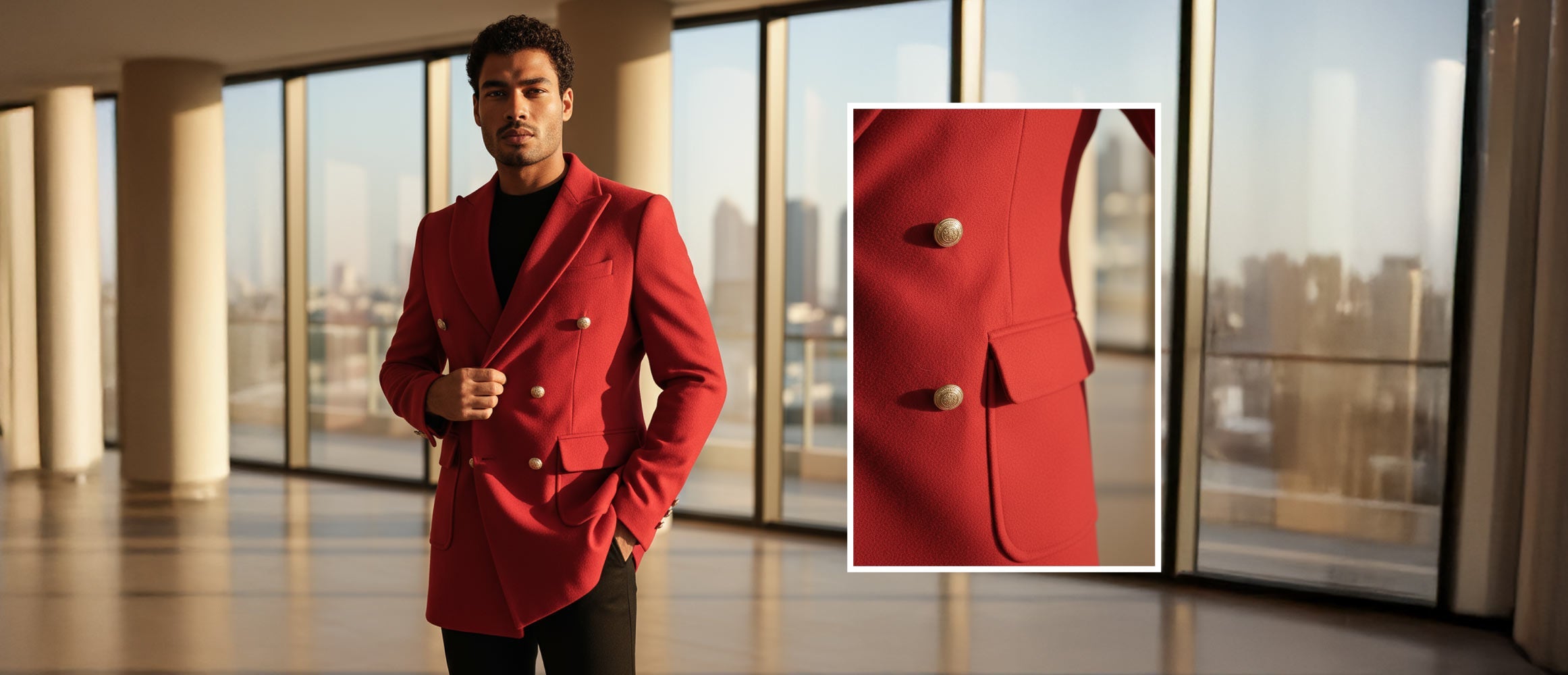The Ultimate Guide to Ironing Men’s Shirts
A crisp, perfectly ironed shirt serves as the foundation of polished masculine style, yet many men struggle with achieving professional-quality results at home. The difference between a hastily pressed shirt and one that's been properly ironed is immediately apparent and significantly impacts your overall appearance. Mastering the art of shirt ironing transforms your wardrobe presentation, ensuring that quality garments like those from Wessi's collection maintain their intended silhouette and sophisticated appearance throughout wear.
Essential Equipment and Preparation
Success in shirt ironing begins with proper equipment and preparation. A quality iron with adjustable temperature settings and steam capabilities is essential, as different fabric compositions require specific heat levels to avoid damage while achieving optimal results. Cotton shirts typically require high heat, while cotton-blend fabrics need moderate temperatures to prevent scorching or synthetic fiber damage.
Your ironing board should be sturdy, well-padded, and set at the appropriate height to prevent back strain during the process. A clean, smooth ironing board cover ensures even heat distribution and prevents fabric snagging. Additionally, investing in a pressing cloth protects delicate fabrics and helps achieve sharp creases without causing shine or fabric damage.
Always iron shirts when they're slightly damp, either fresh from the washing machine or lightly sprayed with water. This moisture helps heat penetrate fabric fibers more effectively, creating smoother results with less effort. If your shirt has dried completely, use your iron's steam function or a spray bottle to restore optimal moisture levels.
The Systematic Ironing Sequence
Professional results require following a specific ironing sequence that prevents re-wrinkling already pressed areas. Begin with the collar, working from the points toward the center on both sides. Press firmly to create sharp edges, then flip the collar down and press the fold line to establish the proper shape that will frame your face attractively.
Next, iron the cuffs using the same point-to-center technique used for the collar. Pay special attention to French cuffs, which require extra care to maintain their elegant appearance. Ensure the cuff edges are perfectly aligned before pressing to avoid creating uneven lines that detract from the shirt's sophisticated appearance.
Move to the sleeves, working from the shoulder down to the cuff. Lay each sleeve flat on the ironing board, smoothing out wrinkles by hand before applying the iron. Create a sharp crease along the sleeve's length by aligning the seams and pressing firmly. This crease should run from the shoulder seam to the cuff, creating clean lines that enhance the shirt's tailored appearance.
Mastering the Shirt Body
The shirt body requires careful attention to achieve the smooth, professional finish that distinguishes well-dressed men. Start with the back panel, working from top to bottom in overlapping sections. Pay particular attention to the yoke area, where shoulder seams meet, as this area is highly visible when wearing blazers or suits.
Iron the front panels carefully, working around buttons rather than over them to prevent creating impressions in the fabric. Use the iron's tip to navigate around button areas, ensuring smooth fabric without pressing directly on the buttons themselves. This technique preserves both the buttons and the surrounding fabric while achieving comprehensive coverage.
When ironing shirts with chest pockets, work carefully around these areas to maintain their shape and prevent creating unwanted creases. Quality dress shirts like those in Wessi's collection feature well-constructed pockets that maintain their shape when properly pressed, contributing to the shirt's overall professional appearance.
Temperature and Fabric Considerations
Different shirt fabrics require specific ironing approaches to achieve optimal results without damage. Pure cotton shirts can handle high heat and benefit from generous steam application, which helps relax fibers and create lasting smoothness. Cotton-polyester blends require moderate heat to prevent synthetic fiber damage while still achieving crisp results.
Linen shirts need high heat but require careful handling to prevent over-pressing, which can create unwanted shine. The natural texture of linen should be preserved while removing major wrinkles and creating a neat appearance. Silk shirts require low heat and minimal pressure to avoid fabric damage while achieving smooth results.
Always test iron temperature on an inconspicuous area first, such as inside seam allowances, to ensure the setting won't damage the fabric. This simple precaution prevents costly mistakes and ensures your quality shirts maintain their appearance and longevity.
Professional Finishing Techniques
Achieving professional-quality results requires attention to finishing details that distinguish expertly ironed shirts from amateur attempts. After completing the main ironing process, hang the shirt immediately on a quality hanger to prevent new wrinkles from forming. Button the shirt completely, including collar and cuff buttons, to help maintain the pressed shape.
For extra crispness, particularly important for business presentations or formal occasions, use spray starch sparingly on collar and cuff areas. Apply starch before ironing rather than during the process for even distribution and optimal results. However, avoid overuse, as excessive starch can make fabric stiff and uncomfortable while potentially damaging natural fibers over time.
Allow shirts to cool completely on hangers before wearing or storing. This cooling period helps set the pressed creases and smooth areas, ensuring your ironing efforts last throughout the day. Quality hangers that support the shirt's shoulder line prevent stretching and maintain the pressed appearance until wear.
Maintenance and Storage
Proper post-ironing care extends the life of your pressing work and maintains shirt quality. Store ironed shirts in breathable garment bags or well-ventilated closets to prevent moisture buildup that can cause wrinkling or fabric damage. Avoid overcrowding in closets, which can compress fabrics and undo careful ironing work.
For travel, invest in quality garment bags and folding techniques that preserve pressed shirts during transport. Rolling techniques work better than traditional folding for preventing severe creases, while proper packing materials protect pressed areas from compression damage.
Conclusion
Mastering shirt ironing transforms your daily appearance and extends the life of quality garments. The investment in proper technique, equipment, and care pays dividends in professional presentation and personal confidence. With practice, these techniques become routine, ensuring that every shirt you wear reflects the sophisticated image you want to project. Remember that quality shirts respond better to proper ironing techniques, making the investment in well-constructed garments worthwhile for both appearance and maintenance ease.

















Laissez un commentaire